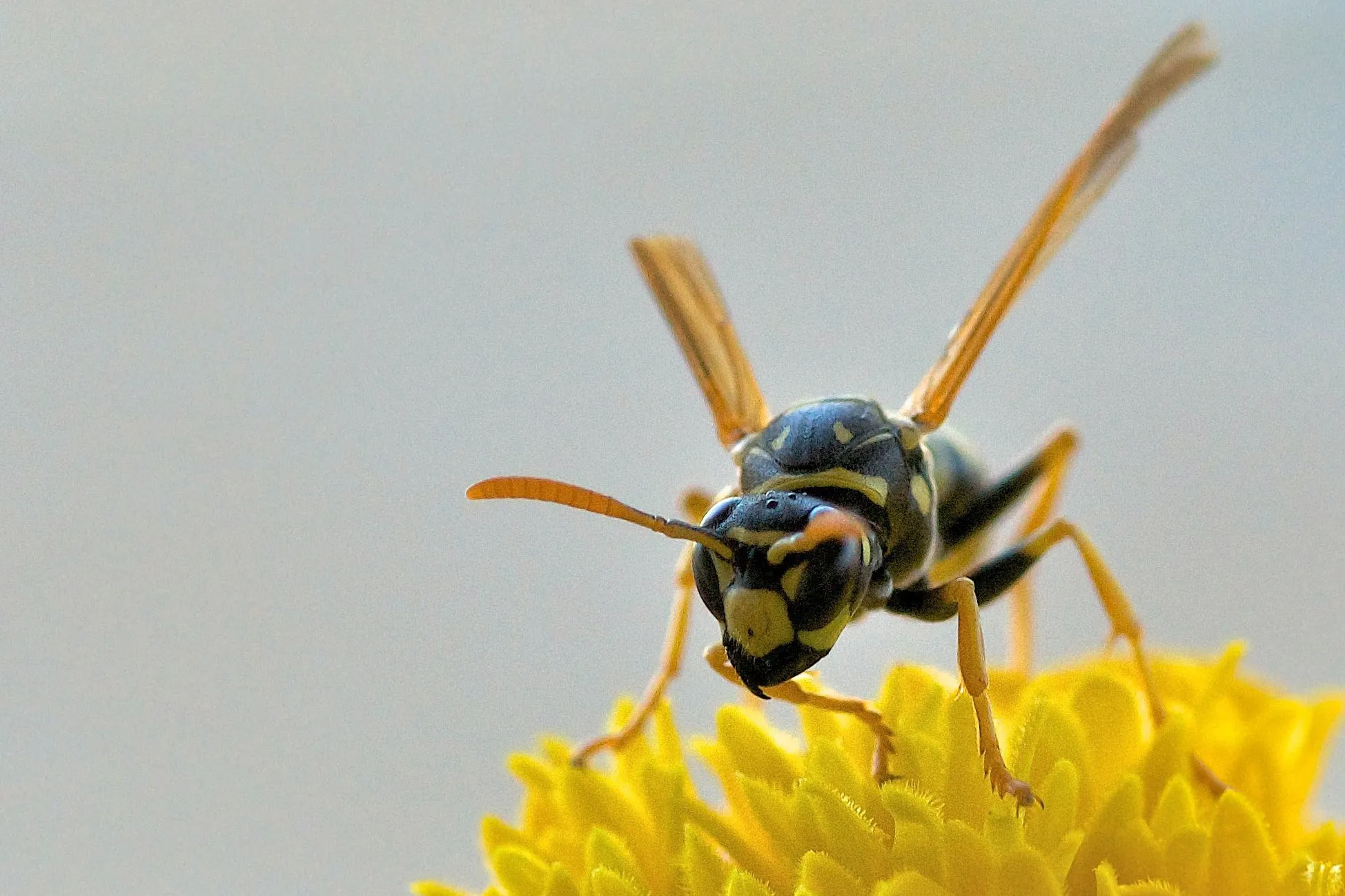Tarantula Wasps Introduction
Tarantula wasps are among the most formidable insects on Earth, known for their intimidating size, potent sting, and the macabre way they utilize tarantulas. These creatures are not just fascinating; they represent a significant part of the ecosystem, and understanding them is crucial for anyone who spends time outdoors in regions where they are prevalent. This article delves into the top 5 facts about tarantula wasp attacks, offering insights into their behavior, the risks associated with them, and, most importantly, what you can do to protect yourself.
What is a Tarantula Wasp?
The tarantula wasp, belonging to the Pompilidae family, is a solitary wasp species with a notorious reputation. They are relatively large, with some species reaching up to 2 inches in length. Their appearance is striking; they often have a metallic blue-black body and vibrant orange or rust-colored wings. The female tarantula wasp is the primary predator, hunting tarantulas to serve as hosts for her larvae. These wasps are not aggressive unless provoked, but their sting is considered one of the most painful in the insect world, as rated by the Schmidt sting pain index.
Where Do Tarantula Wasps Live?
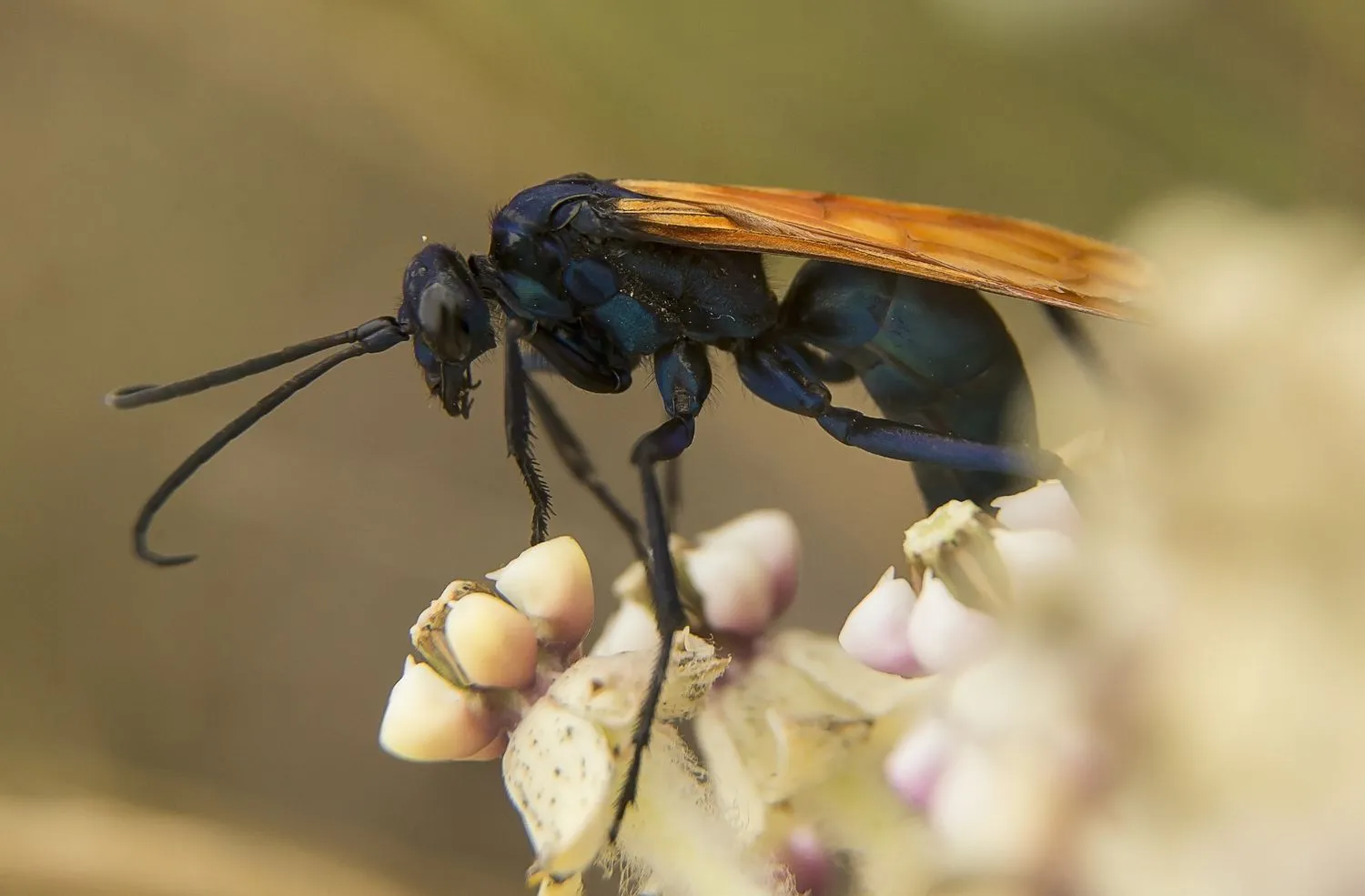
Tarantula wasps thrive in warm climates, primarily in the southwestern United States, South America, and Australia. They are often found in areas with high tarantula populations, such as dry scrublands, deserts, and grasslands. These wasps build nests in various locations, including pre-existing cavities, hollow trees, or even in the ground. The female wasp will search for a tarantula, paralyze it with her venom, and then drag it to her nest, where she lays a single egg on the spider. The wasp larva then feeds on the paralyzed, but still living, tarantula.
Top 5 Facts About Tarantula Wasp Attacks
Fact 1 Their Sting Is Extremely Painful
The tarantula wasp’s sting is known for its excruciating pain. The Schmidt sting pain index, which rates the relative pain of various insect stings, places the tarantula wasp sting near the top. The pain is often described as intense and immediate, lasting for several minutes. While the sting is painful, it’s crucial to understand that the pain is temporary and usually subsides within a short time. The primary purpose of the sting is to paralyze the tarantula, not to harm humans, although the experience can be incredibly distressing.
Fact 2 They Paralyze Tarantulas
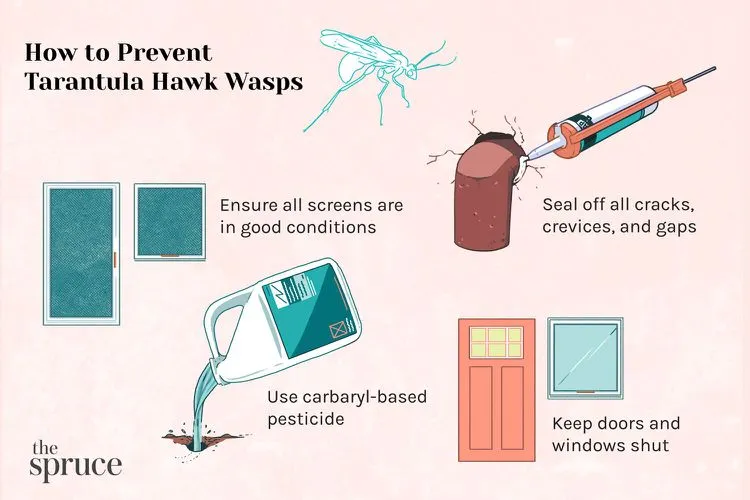
The tarantula wasp’s most significant and disturbing behavior is its hunting of tarantulas. When a female wasp locates a tarantula, she will engage in a battle, eventually stinging the spider to paralyze it. The wasp then drags the paralyzed tarantula to its nest, where it lays an egg on the spider’s abdomen. Once the egg hatches, the larva consumes the tarantula alive, which serves as a food source. This gruesome process is a testament to the wasp’s role in nature and its evolutionary adaptations.
Fact 3 The Sting Is Not Usually Fatal
Despite the intense pain associated with a tarantula wasp sting, it is rarely fatal to humans. The venom is designed to paralyze spiders, not to kill humans. However, a sting can be dangerous for individuals with allergies to insect stings or those who experience severe reactions, such as anaphylaxis. Most people will experience localized pain, swelling, and redness at the sting site, which will gradually subside. Seeking medical attention is essential if you experience difficulty breathing, swelling of the throat, or other severe symptoms.
Fact 4 They Are Solitary Creatures
Tarantula wasps are solitary creatures, meaning they do not live in colonies like bees or ants. Each female wasp is responsible for her own hunting and nesting activities. This solitary behavior contrasts with social insects and explains why they are not inherently aggressive towards humans unless threatened. The wasps are primarily focused on their survival and reproduction, making them less likely to attack unless they perceive a direct threat. This information is helpful in understanding their behavior and how to avoid encounters.
Fact 5 Defensive Behavior
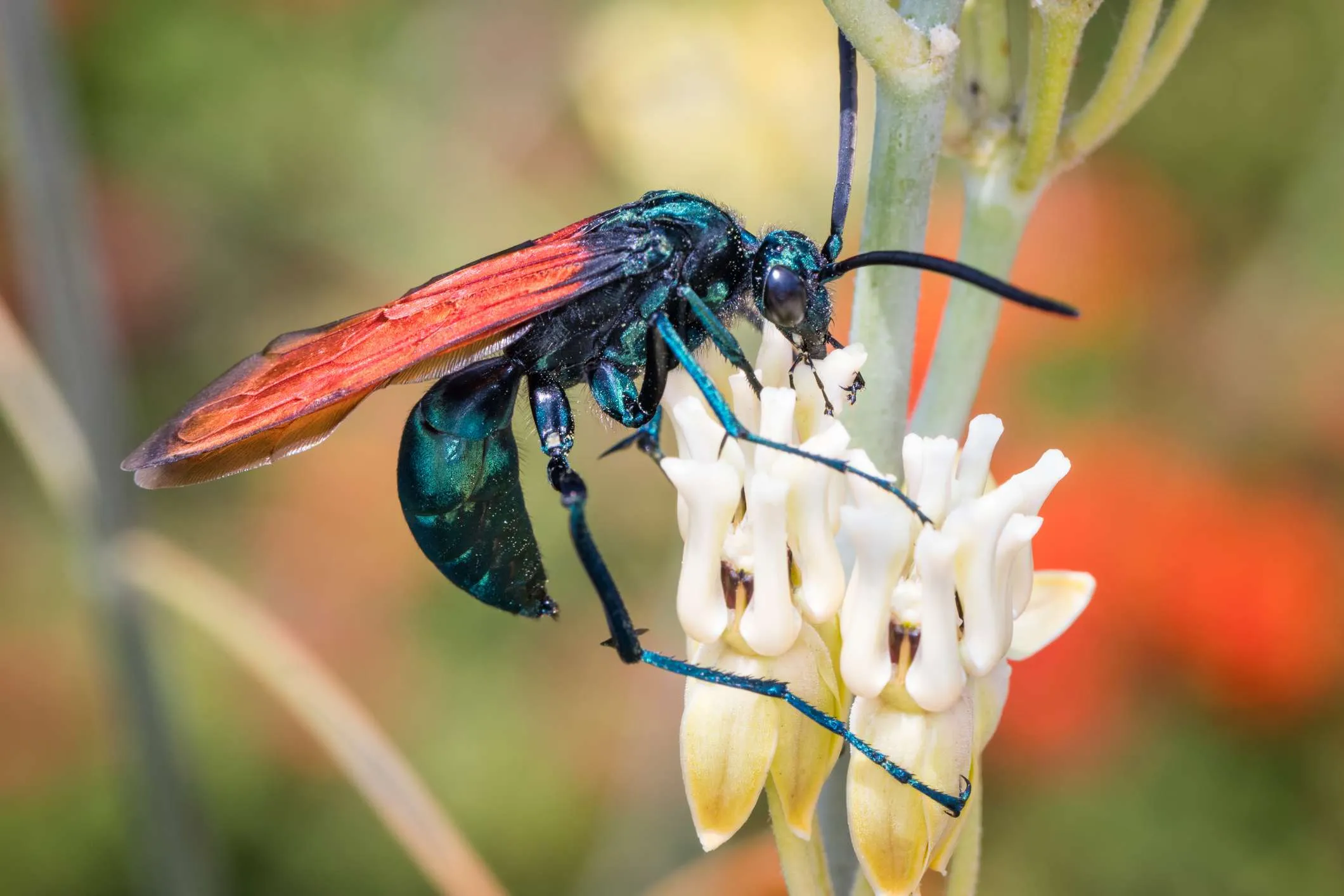
Tarantula wasps are not naturally aggressive towards humans and will usually only sting if they feel threatened. They may sting if they are stepped on, grabbed, or otherwise disturbed. Because of their solitary nature, there isn’t a collective defense mechanism like social wasps. Being aware of their defensive behavior can help you prevent stings. When in areas known to have tarantula wasps, it is wise to wear protective clothing, avoid sudden movements, and never attempt to handle or provoke them.
What to Do If You Are Stung
First Aid for a Tarantula Wasp Sting
If you are stung by a tarantula wasp, the first step is to remain calm. The pain can be intense, but it is usually temporary. Here’s what you should do Apply an ice pack to the sting site to help reduce pain and swelling. You can take an over-the-counter pain reliever, such as ibuprofen or acetaminophen, to manage the pain. Clean the sting area gently with soap and water to prevent infection. Monitor for signs of an allergic reaction, such as difficulty breathing, swelling of the throat, or hives. If these symptoms occur, seek immediate medical attention.
When to Seek Medical Attention
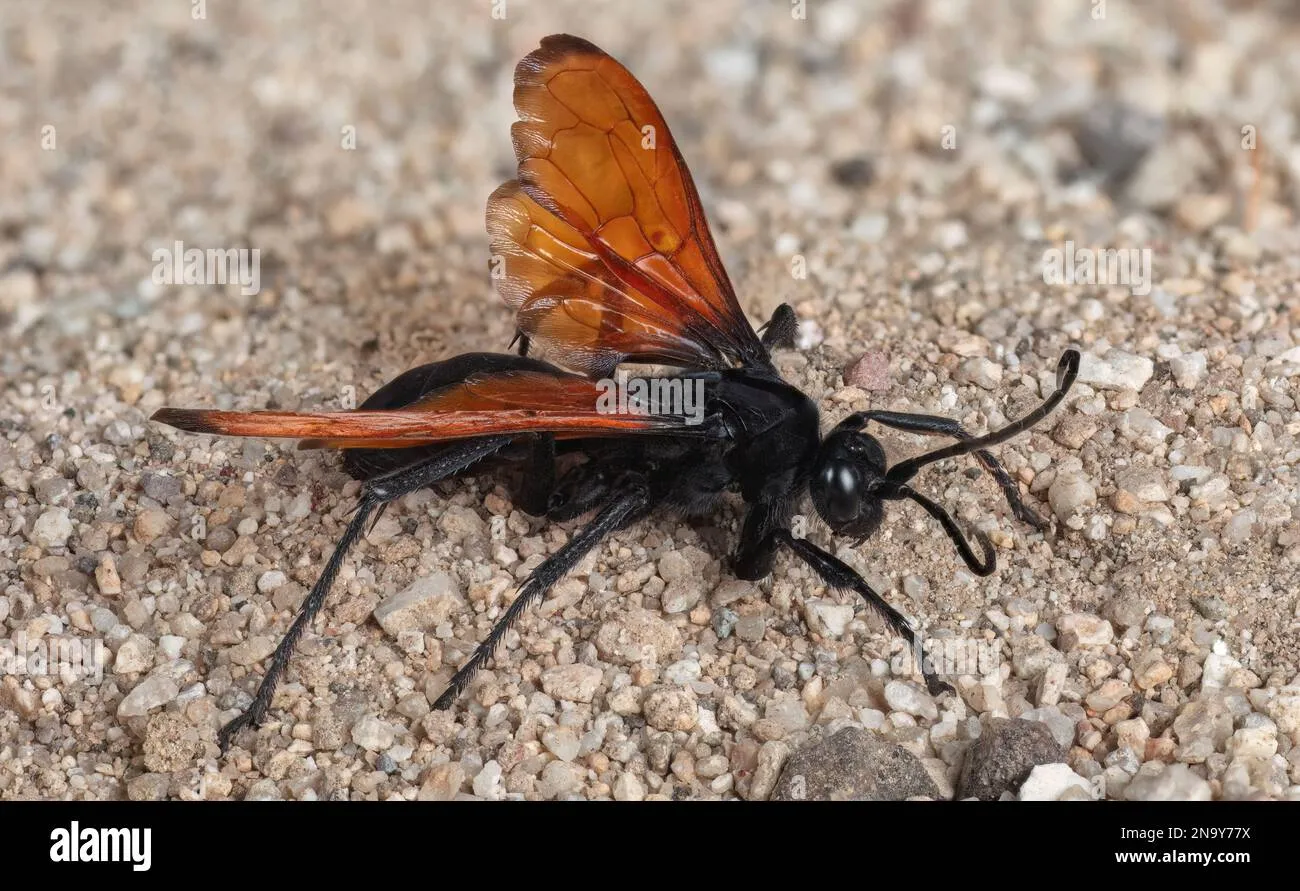
While tarantula wasp stings are rarely life-threatening, it’s crucial to know when to seek medical help. If you experience any signs of a severe allergic reaction, such as difficulty breathing, swelling of the throat or tongue, dizziness, or rapid heartbeat, call emergency services immediately. Also, if you develop significant swelling or infection at the sting site, see a doctor. For most people, the pain and swelling will subside within a few hours, but medical attention can be necessary in certain cases.
Preventing Tarantula Wasp Encounters
Identifying Tarantula Wasp Habitats
Identifying tarantula wasp habitats is the first step in avoiding encounters. These wasps are prevalent in warm, arid regions with sandy or dry soil, where tarantulas are found. They often build nests in the ground, under rocks, or in pre-existing cavities. If you are hiking, camping, or spending time in these areas, be aware of your surroundings. Look for potential nesting sites and keep a safe distance. Being vigilant can significantly reduce the risk of a sting.
Precautions to Take
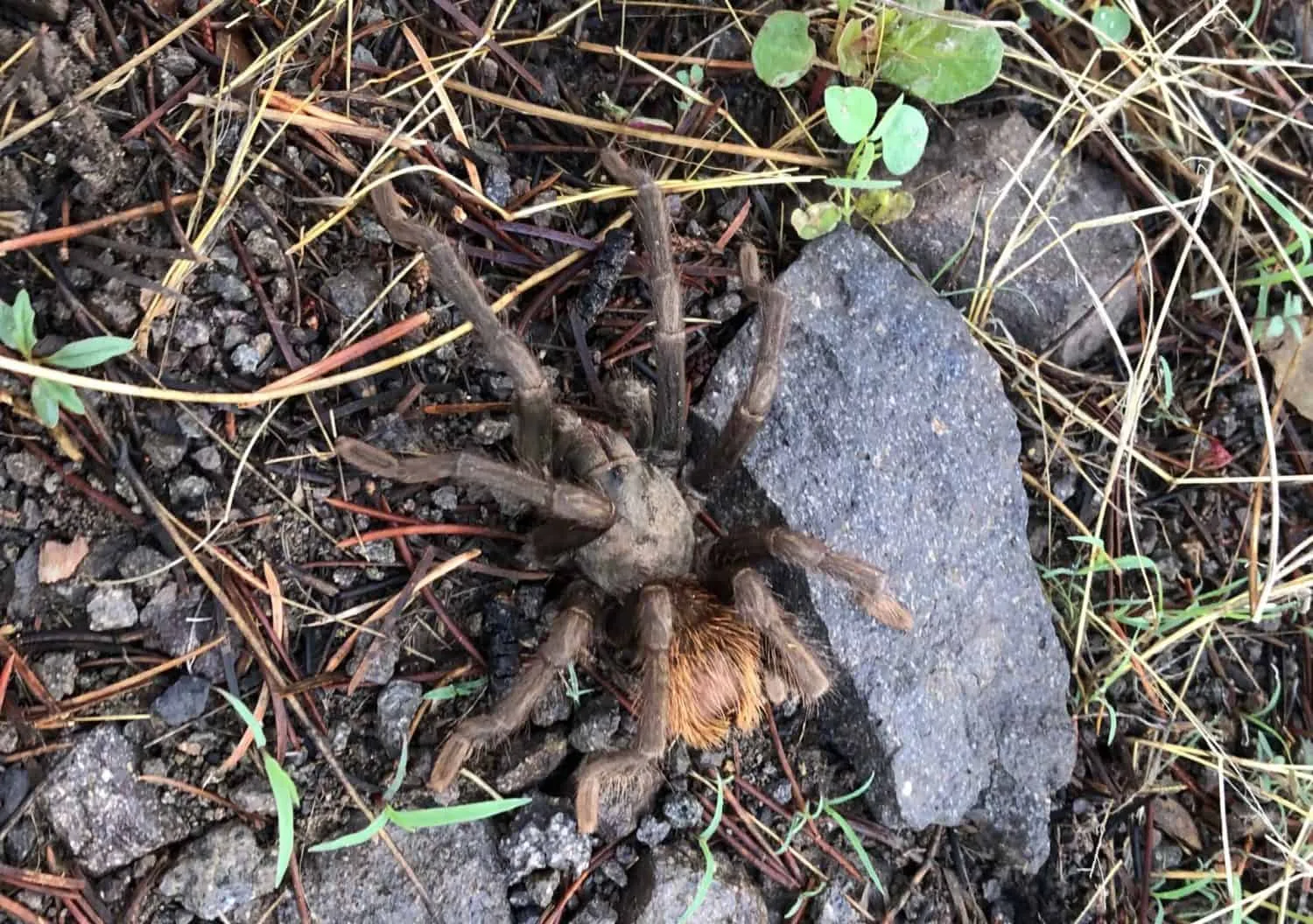
Several precautions can minimize the risk of a tarantula wasp sting. When in tarantula wasp habitats, wear long sleeves, long pants, and closed-toe shoes. Avoid wearing bright colors, as they might attract wasps. Avoid sudden movements if you encounter a wasp and give it plenty of space. Never attempt to handle or provoke a tarantula wasp. If you encounter a wasp, slowly and calmly move away. By taking these precautions, you can reduce your chances of getting stung and enjoy the outdoors safely.
Conclusion
Tarantula wasps are fascinating, albeit formidable, creatures. Understanding their behavior, sting, and habitat is key to preventing encounters and staying safe. While their sting is notoriously painful, it is rarely fatal. By taking necessary precautions and seeking medical attention when needed, you can safely coexist with these fascinating insects. Appreciating their role in the ecosystem and respecting their space will help ensure that you can enjoy the outdoors without unnecessary risks.
